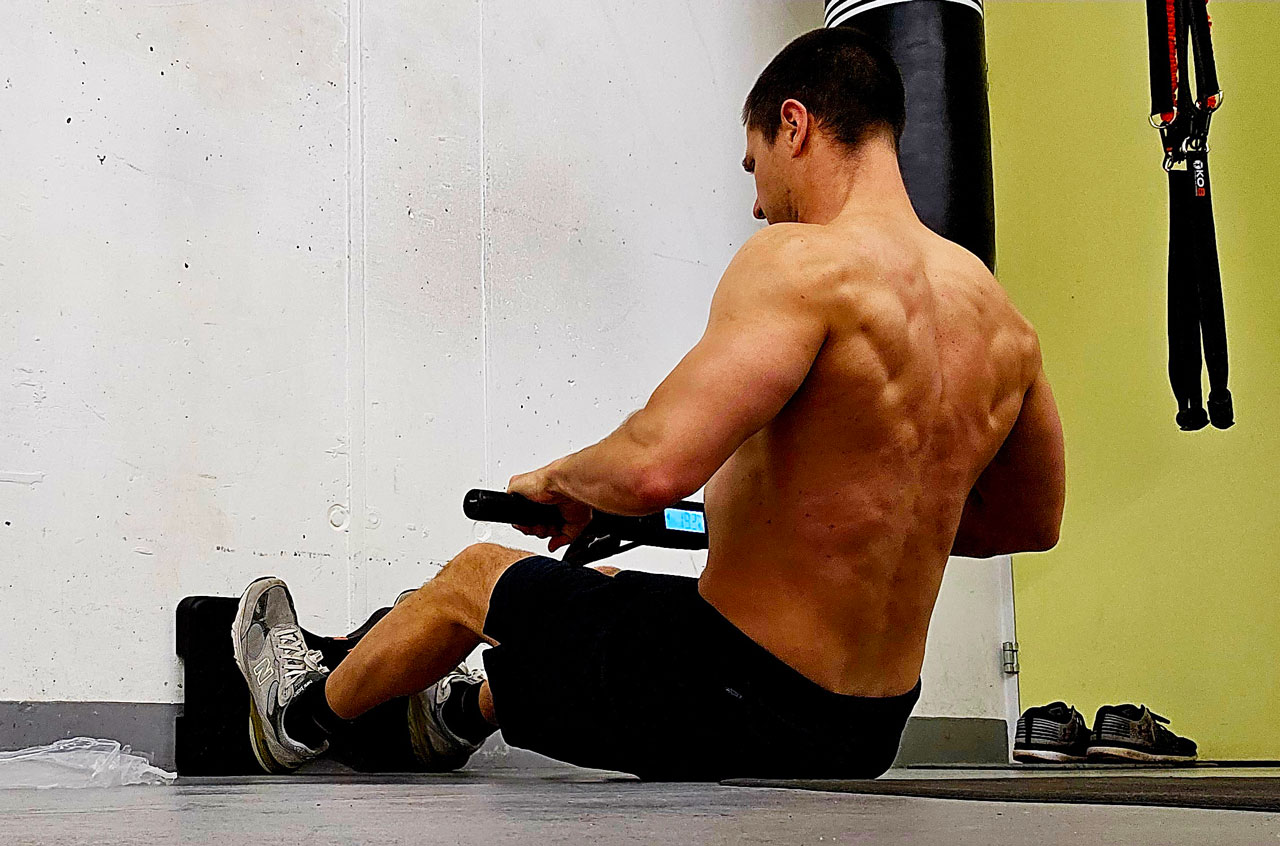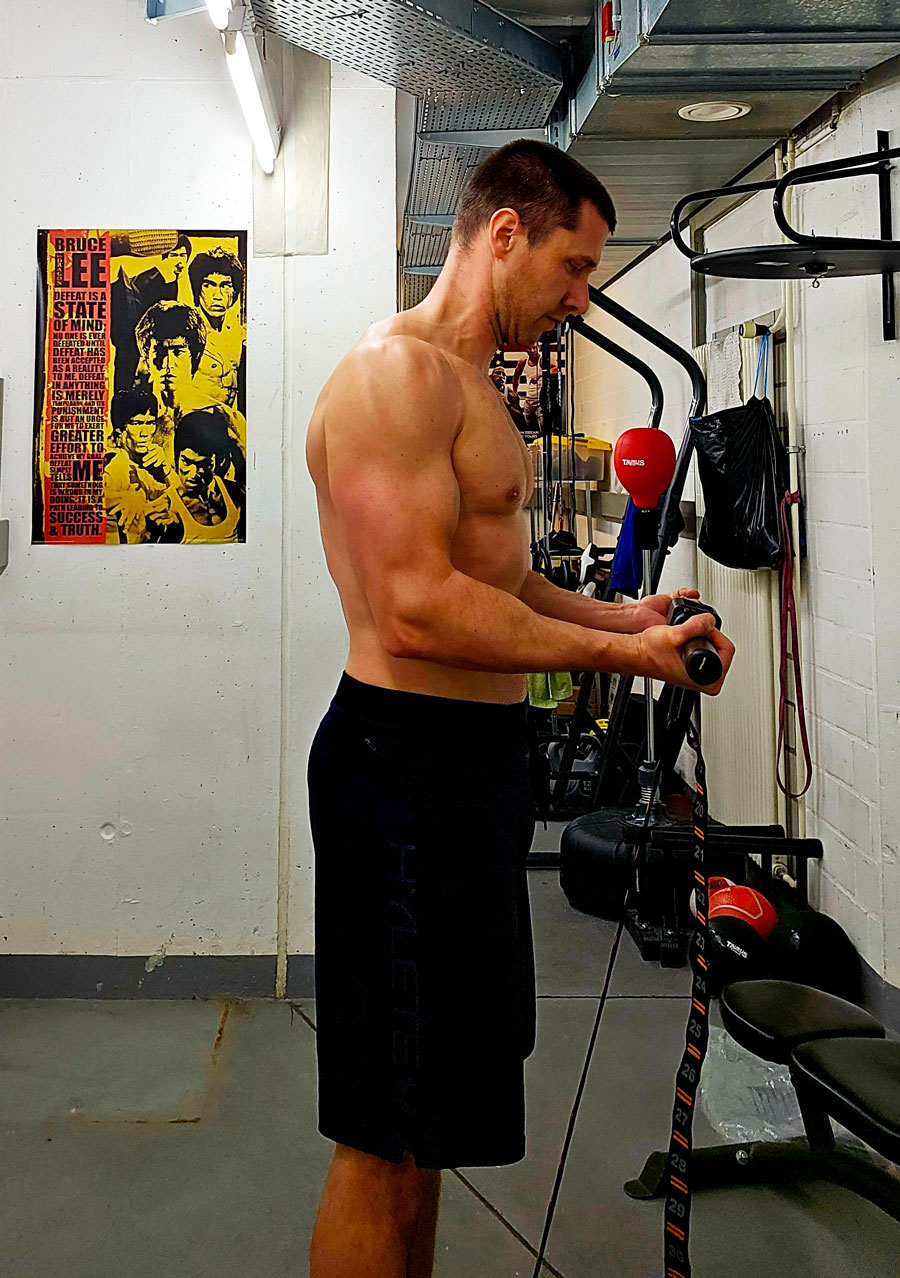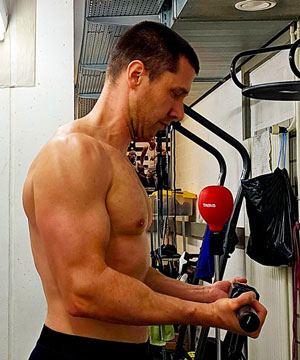How to Combine Isometrics and Calisthenics
By Julien Schmid

Who wouldn't aspire to possess strength and muscle? Imagine the satisfaction of attaining these goals through a training routine that ignites your passion and keeps you motivated.
I love bodyweight training and have a particular fondness for isometrics. Yet, merging them intelligently into a cohesive training regimen posed a challenge. The chapter "The best of both worlds" in the book
The Ultimate Isometrics Manual gave me some ideas but it was not exactly what I was looking for.
Undeterred, I experimented and refined my approach until I created a plan that resonated with my fitness goals. The result is a periodized training regimen that seamlessly integrates both bodyweight exercises and isometric techniques, offering a versatile and sustainable approach to training.
My objective is to enhance both size and strength. So, during the initial phase, I focus on bodyweight training to build strength while incorporating isometric exercises to promote muscle growth. Then, in the subsequent phase, I reverse this approach, prioritizing isometric exercises to bolster strength, complemented by bodyweight training to further develop muscle size.
In the first half of the workout, use the progressions from
Convict Conditioning to get stronger. For optimal sets and reps, refer to the Hartigen method detailed here:
https://pccblog.dragondoor.com/the-bodyweight-revolution/.
In the latter half of the session, integrate isometric exercises targeting the same muscle groups. Aim for three sets, each lasting 20-45 seconds for hypertrophy (I chose 30 seconds in the examples below).

Do this for 6-8 weeks or for as long as you make progress and then change the approach.
In the second phase, begin by training the isometric exercises with 6 sets lasting 6 seconds each. Then, integrate two sets of bodyweight exercises in the
C-Mass style, focusing on higher repetitions (10 – 20 reps) until failure. If you find that two sets are not enough, employ the rest-pause technique for the second set. The rest pause technique is as follows: after reaching failure, take a 15-second rest, then proceed with another set to failure. Repeat this process for a third set, again with 15 seconds rest in-between.
Phase 1 example:
Phase 2 example:
I recommend a deload week after every phase. You can still train but lower the intensity of your training for one week either by cutting back the volume or using easier exercise variations and of course staying away from failure.
If you like this approach but would rather use another modality than bodyweight training, no problem. Just change the bodyweight exercises to your liking. You could use barbell, dumbbell or
kettlebell exercises.
Here is an example of a barbell/dumbbell routine with the 5x5 (5 sets of 5 reps) protocol for the first phase and some isolation exercises in the second phase.
Phase 1 example:
Phase 2 example:
As you can see, the options are endless. The key is to vary your training routine, as becoming accustomed to one method can impede your progress:
https://www.dragondoor.com/the_law_of_accommodation_the_secret_key_to_continuous_gains_in_isometrics_part_1/
The key lies in finding joy in your pursuits and consistently applying yourself to achieve steady progress. Avoid complacency; sticking to the same routine might not yield the best results. Embrace experimentation, even if conventional wisdom suggests otherwise. Passion fuels success, ultimately yielding great results.
 About the author:
About the author: Julien Schmid is a personal trainer, group training instructor and PCC instructor. He thoroughly enjoys training and has experimented with various modalities. He is a big fan of
Convict Conditioning and
isometric training.
Back